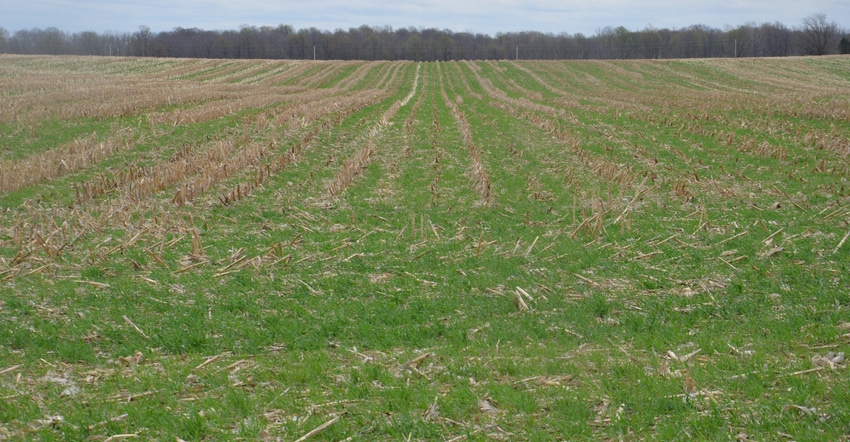January 3, 2023

Farming using a soil health system can have different meanings to different people. Keep this in mind as you determine what version of soil health would work best for your operation.
I have worked with many producers, including those just starting out and others who have been on the journey for many years. It is important to keep in mind there are different levels of management to start down the path to soil health. Not everyone is ready to jump in with both feet. The most important thing is to get started — to take that first step. There are resources to help you do just that.
Let’s start at the beginning and make sure we’re all on the same playing field. That starts with a good, solid definition of what we mean when we say “soil health.”
The soil is much more than a physical medium for growing crops. It is a living biological ecosystem. As definitions go, this one is straightforward: “Soil health is the continued capacity of soil to function as a vital, living ecosystem that sustains plants, animals and humans.”
Definition piece by piece
There is a lot to unpack in the definition of soil health:
Health. This term is usually used in the context of a living organism. Before we used the phrase “soil health,” soil scientists used the phrase “soil quality.” Quality can measure one thing against another. Health defines a state of well-being. It is the normalcy of being able to function. So, health is for the living. Because soil is a vital living ecosystem, we evaluate its state of well-being.
Continued capacity. This phrase indicates we want health to be long-lasting without interruption. Soils must deal with a stressor and resume working after that interruption occurs. A healthy soil will recover from disturbances, rejuvenate and sustain itself at that high capacity. If soils didn’t have continued capacity, there would be no hope of ever coming back from a degraded state.
Ability to function. Our soils must provide functions of food, fiber, forage and fuel production, whether for us or other organisms in the ecosystem. Soils’ primary functions are to infiltrate, store and filter water, cycle nutrients, and provide a physically stable platform on which to farm and be home for soil life. There are so many actions in the soil that fall under these broad functional categories, including residue breakdown, building soil aggregates and water availability.
Vital, living ecosystem. The ground beneath our feet is alive. While land uses and ecosystems may differ across the landscape, it’s a living system, nonetheless.
Sustains plants, animals and humans. This phrase points out that we and everything around us are a part of and benefit from that ecosystem. It is our job to find ways to manage soils for optimum health because this ensures soils are sustainable for future generations.
Bottom line. Ultimately, soils, like humans, need to be healthy to function properly. When they’re out of whack, the entire system suffers and cannot function properly, much less sustain itself in the present or future. Start thinking now about what soil health means to you. Understand why it is important to your soil, your farm and future generations.
Harrison is a district conservationist with the Natural Resources Conservation Service. He writes on behalf of the Indiana Conservation Partnership.
You May Also Like




